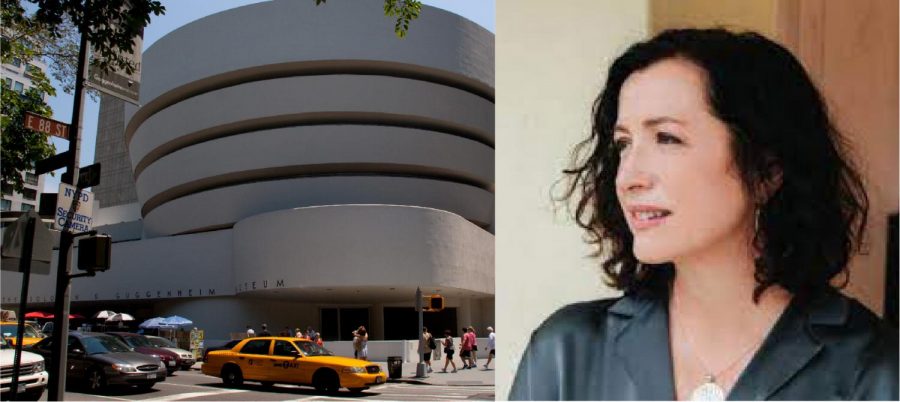Susan Murray, a professor and the director of Graduate Studies at Steinhardt’s Department of Media, Culture, and Communication, was awarded a 2021 Guggenheim Fellowship earlier this month. Murray joins the other 183 scholars, artists, writers and academics who were chosen by the John Simon Guggenheim Foundation. She is one of just two scholars in the Film, Video, & New Media Studies category.
“There are some exciting moments that happen when you’re a faculty member — getting a new job, getting something published,” Murray told WSN. “But this is one of those bigger moments that’s really quite exciting.”
Three NYU faculty members received Guggenheim fellowships last year, but Murray was the only one to receive a Guggenheim fellowship this year. According to the Guggenheim Foundation, she was selected from almost 3,000 applicants.
“Applications for Fellowships are reviewed by experts in each of the Foundation’s fields,” Marc Diamond, chief advancement officer at the Guggenheim Foundation, wrote in an email to WSN. “Fellows are chosen on the basis of past accomplishment and promise for future achievement.”
Since the founding of the foundation in 1925, the Guggenheim has awarded tens of thousands of fellowships to a range of research scholars and creative professionals. According to the foundation, the awards are intended to support “scholarship in any field of knowledge and creation in any art form, under the freest possible conditions.”
Murray’s proposed project — titled “Closed Circuits, Distant Bodies” — will focus on the development of closed-circuit TV technology over the course of the 20th century.
CCTV is video footage that is transmitted to a specific monitor or set of monitors. It differs from typical television in that it has a private receiver, while TV is broadcast on an open channel. Well-known applications of CCTV technology include policing, traffic control and surveillance. Researchers believe that approximately one billion surveillance cameras will be in use by the end of this year, with a focus in the United States and China.
Murray believes that CCTV is more than just Big Brother. It was designed with a whole range of potential applications in mind, such as live broadcasts of business meetings, academic conferences or surgery for medical students.
“Often, people are thinking about [CCTV] in terms of surveillance — the cameras that you see all around us, in stores, in buildings, outside,” Murray said. “But, looking back at what closed-circuit television really meant starting in the [1940s] until the 1980s … it’s not as much about the surveillance aspect as the way in which it was used to communicate at a distance when you’re not in the same place.”
Murray considers CCTV a precursor to Zoom, since the former technology has been used for remote education for decades. As a result of the pandemic, her project has become more timely than ever.
As a media scholar and historian, Murray’s past work tackles similar themes of televisual technology and popular culture, including books on reality TV shows and the history of color television. Her essays have appeared in “The Atlantic” and “The Washington Post.” She is excited for the opportunity to concentrate on her research.
“In between applying and now, I also agreed to be chair of my department,” Murray said. “So I’m going to do that for a couple of years, and then when I’m done, what [the fellowship] will allow me to do is really finish up this book … That’s really why the Guggenheim is such a gift, is it’s supposed to give you the mental space and energy to just concentrate on one of the projects that you want to complete.”
According to Rodney Benson, the current chair of the Media, Culture, and Communication department, the fellowship is a priceless gift for professors.
“The most valuable commodity for faculty is time — time to do their research,” Benson told WSN. “What [Murray] gets with the Guggenheim, beyond the recognition and the prestige, is she gets some time, and the resources … to focus solely on her research.”
According to Benson, faculty awards like a Guggenheim Fellowship raise the profile of a department as well as the prestige of the university. On the importance of Murray’s work, Benson said her research will contribute to political and professional debates about technological design and implementation. Hopefully, it will show up in textbooks and syllabi in the future.
“The research is making an original contribution to our knowledge about the history of TV,” Benson said. “This is an area that she’s studying that has not been well-studied before, and so it really fills a gap in that history.”
Email Suhail Gharaibeh at [email protected].























































































































































